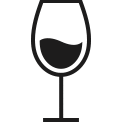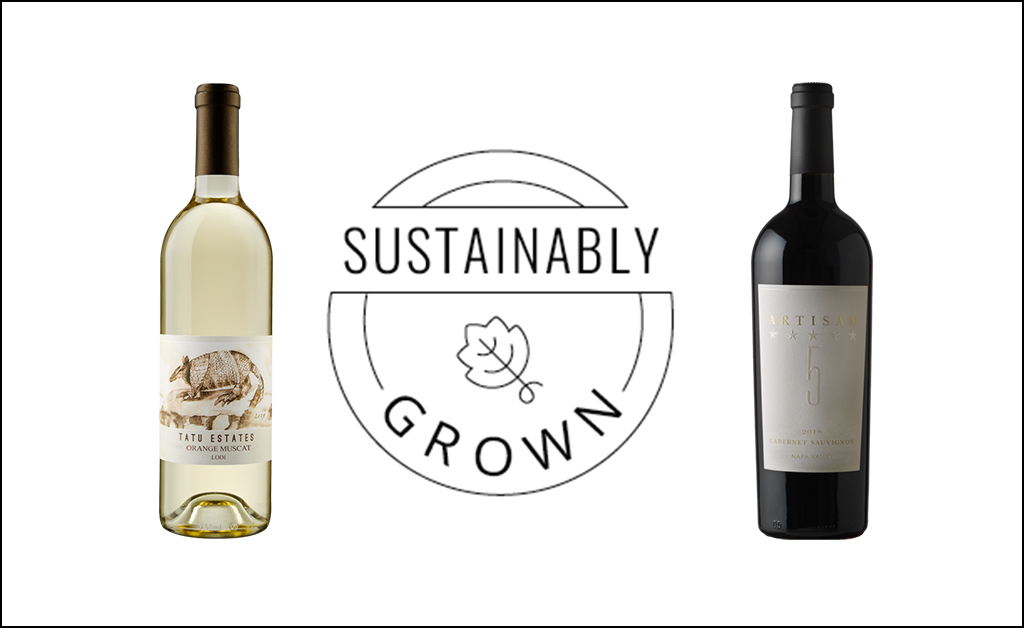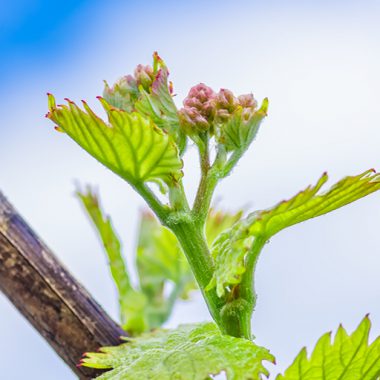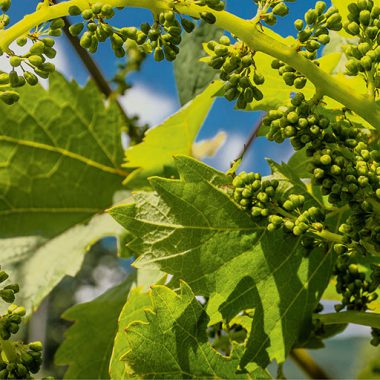Wine Mythology
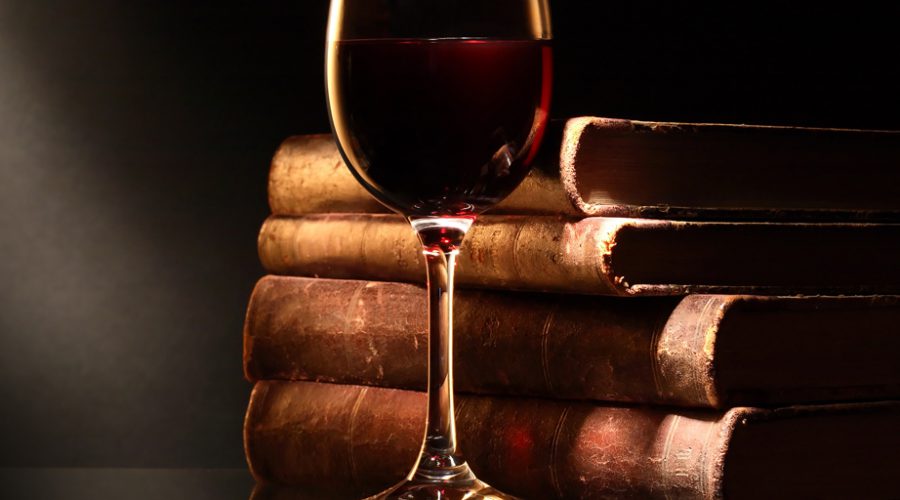
One thing that I have always been very interested in is Egyptian, Greek and Roman mythology. Learning about the interactions and stories of the gods and their creations on earth has always been fascinating to me. A more recent definition of mythology often reveals these myths as “manifestations of psychological, cultural or societal truths, rather than as inaccurate historical accounts.” The wine business, like almost every industry, is full of stories and myths. Let me share a few with you.
For example, a nuclear scientist conducted a fascinating experiment that led to the discovery of radioactive isotopes in California wines, caused by the 2011 Fukushima Daiichi nuclear disaster. In their experiment, researchers tested 18 bottles of California wines. They found increased levels of cesium-137 in wines produced after the Fukushima disaster. This was published in an article aiming at the wine industry. Levels of this isotope in Cabernet were more than double the levels found in Rosé, probably due to the increased skin contact. Low levels of radiation similar to those of the California wines have also been found in French wines from the vintages following Chernobyl.
Don’t worry, though! The truth: You are definitely not going to turn into some sort of a Hulk after drinking a few glasses! The amount of radiation present in all the wine tested by their lab was minuscule—way too small to harm a person’s health.
Let’s address another, more recent wine myth. More than two years ago, a lawsuit was filed claiming that many wines contained arsenic in high dosages that could constitute a health hazard. Those people ran a segment on CBS News. Well, it did not take long for the wine industry to quickly spring into action to debunk this claim. After more than one hundred California wines were analyzed by independent researchers, the conclusion was that arsenic concentrations in the wine consumed did not pose a biologically significant hazard.
It turns out that the initial arsenic claim used the EPA standard for drinking water. In short, you would have to drink twenty bottles of wine per day to reach the level at which the arsenic would be hazardous to your health. (I know our wines are good and it is tempting to drink that much, but no one is obviously capable of doing that!)
Even more recently, you may have seen some companies endorsed by celebrities making incredible claims. For example, have you heard about “clean” wines? The health and quality claims behind the “clean wine” moniker are truly myths. What I can tell you is that the technical definition of a clean wine in winemaking is a wine in which the turbidity – the cloudiness of a liquid – has been reduced to below 0.1 NTU, or Nephelometric Turbidity Unit (pardon my French) which basically means that the wine will be visually appealing. If you tell a producer of unfiltered Chardonnay that their wine is unclean, they are going to look at you in a very strange way! “Clean” is a buzz word used to attract consumers and it is an impossible claim to make.
One of those companies was even claiming they were avoiding using bacteria to make their wines. Well, I am going to let you in a little secret. The secondary fermentation of wine is the transformation of malic acid into lactic acid. That reaction occurs only in presence of bacteria. This is science and chemistry 101.
I also often hear people talking about sulfur, wine and headaches. Those are indeed related, however, the myth of a “no-headache wine” should never be used as a medical claim. Our wines do have less added sulfur on average when compared to U.S. standards, but there is a long list of contributors to health issues such as headaches. What you eat, how you sleep and your reaction to histamines are all factors that will affect your tolerance to wine and your susceptibility to possible headaches after drinking a few glasses. Staying hydrated by drinking twice the amount of water when consuming wine, will keep you in better shape.
In regard to the amount of chemicals used in the wine industry, I am not saying that there is never a risk that a vineyard worker or a winery will go heavy-handed on a treatment or an addition. I would never be able to make that claim. Growers, vineyard managers and those involved in winemaking are, however, considered to be great stewards of the land; they want their vines to continue to be healthy, produce a great harvest and prosper.
Recently we announced that several of our wines have added quality control measures using sustainable methods. That is not a myth, those are scientific measurable techniques for anyone to see. We are aware that consumers today are more and more health-conscious.
A lot of wine articles you may find are often mythological in nature and are to be taken with a grain of salt. Ask us questions and stay informed.
